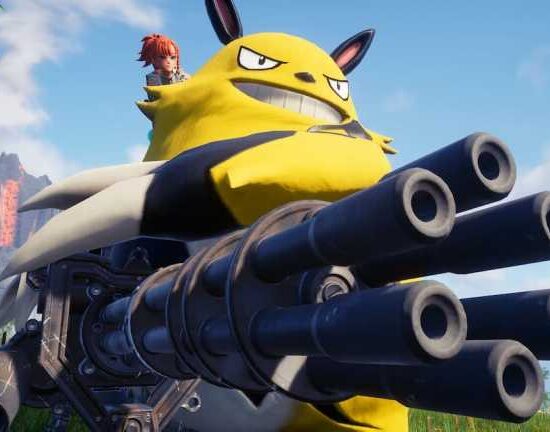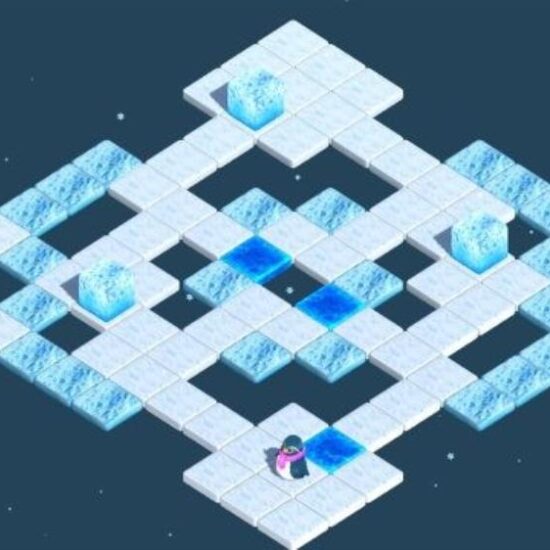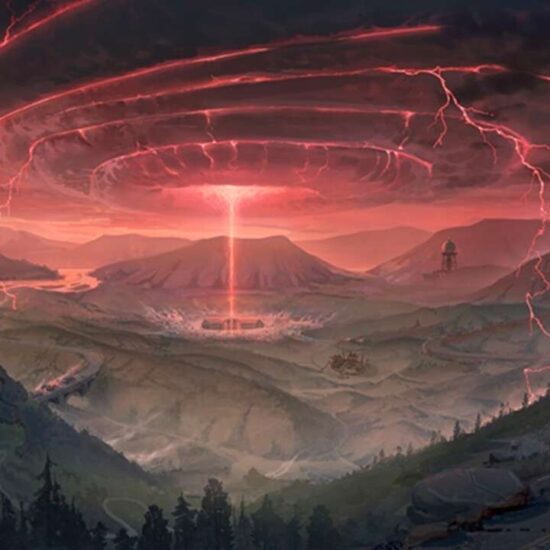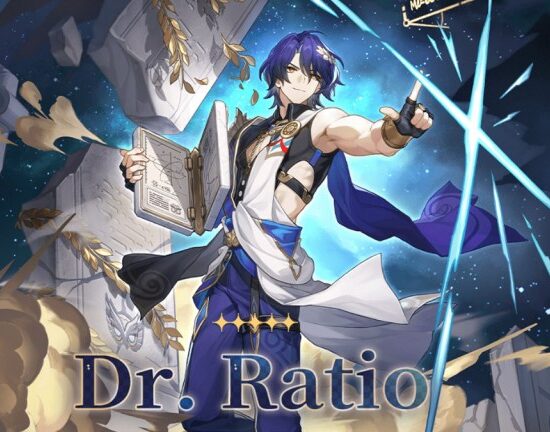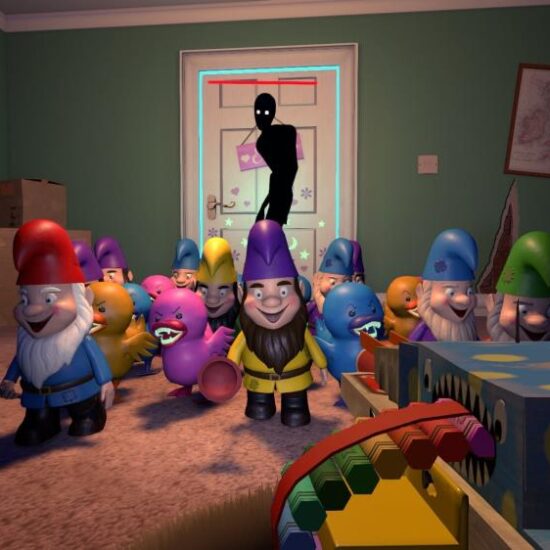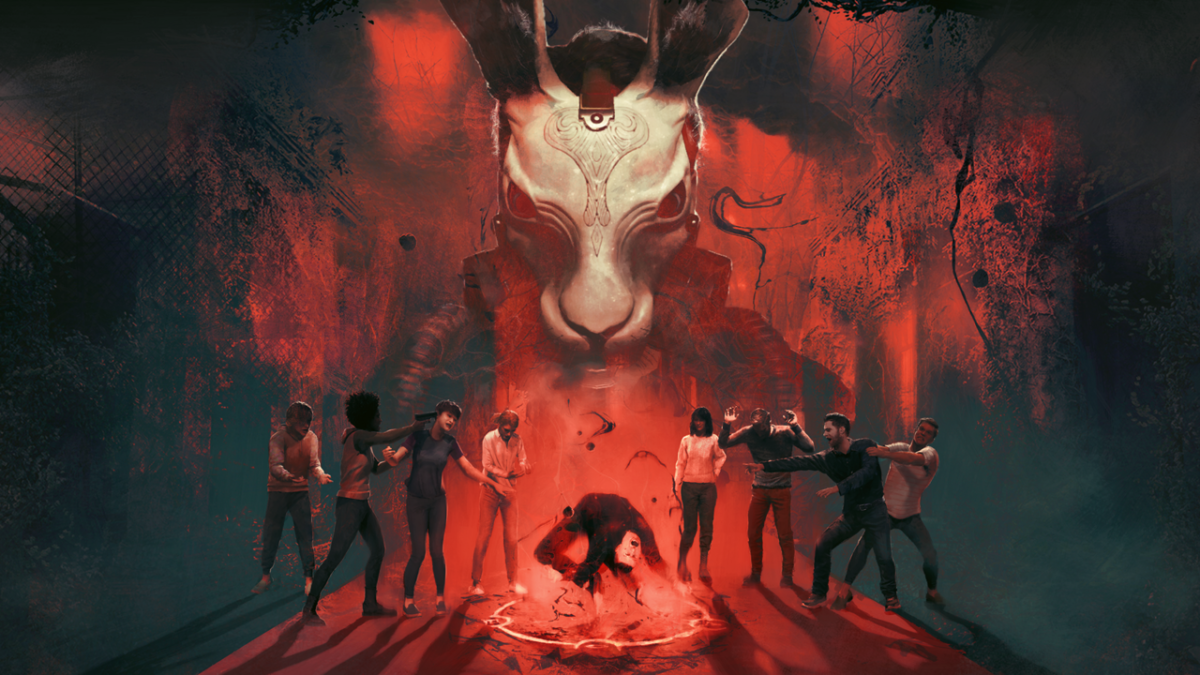
Social deduction games have been around for decades, but mostly as tabletop experiences. Though there are a handful of early examples, like the 2009 Trouble in Terrorist Town mod, the genre’s popularity in the video game space is a relatively recent development with early trendsetters releasing in 2017-2018 and Among Us becoming a surprise overnight sensation in 2020. But before the likes of Among Us and the many games thereafter chasing its popularity, there was 2017’s Deceit, a social deduction game so ahead of its time that it was not even called a social deduction game–since you outed the traitor with guns, the game is classified as a shooter.
That game is now getting a sequel, Deceit 2, and it aims to inject all the learnings of the social deduction genre that came after Deceit to make for an even creepier experience that prioritizes clue hunting, monstrous masquerading, and a horror-driven world. The game is also being made in Unreal 5, featuring an artistic direction that’s going for photorealism, much like the first Deceit. It sees you play as one of the members of the Truth Seekers Anonymous, who are looking to uncover the story behind an occult ritual gone wrong from decades prior. Their efforts lead them into a trap set up by a mysterious masked entity known as the Game Master, who hides eldritch horrors and monsters amongst the party in a bid to complete some strange ritual before anyone can escape.
I got to play two sessions in the alpha build of the 6-9 player social deduction horror game. Both times, I played with members of developer World Makers for a full nine-player lobby. In the first match, I played as one of the seven Innocents, and we barely scraped together a victory. In the second, I was one of the two monstrous Infected–save for custom games, you always play with two Infected in Deceit 2–and just barely lost. I had a lot of fun both times, though not in a way that felt totally different and unique from what I’ve experienced elsewhere in the genre. The original Deceit may have been ahead of its time, but I worry Deceit 2 may be just another social deduction game playing catch-up to Among Us. Following my play session, I spoke to World Makers CEO James Thompson and executive producer Jord Fox about what players can expect from the full version of Deceit 2, which is scheduled to launch for Xbox Series X|S, Xbox One, PS5, PS4, and PC in 2023.
Both matches we played lasted about 12-15 minutes. Is that a good indication of how long most matches go?
Thompson: Yeah, I think that’s a good indicator. It’s hard to tell when you’re playing how long it was, but I think 15 minutes is a reasonable game length. And I think that this build, the alpha, it’s got basically all the features of the actual in-game experience we’re launching with. It doesn’t have all the visuals yet. It doesn’t have all the polish yet, but it has all the features, so I think it’s pretty representative.
Is the one map we played on going to be all that the game launches with or will there be more?
Thompson: Yeah, we’re launching with [only] this map. And this is a halfway blockout still of that map, so there are loads more visuals going into it, but that’s the layout of the map that we’ll launch with. We’ve also specced out and got an initial blockout of our second map, which we’re planning to launch pretty quickly after launch alongside the Werewolf DLC.
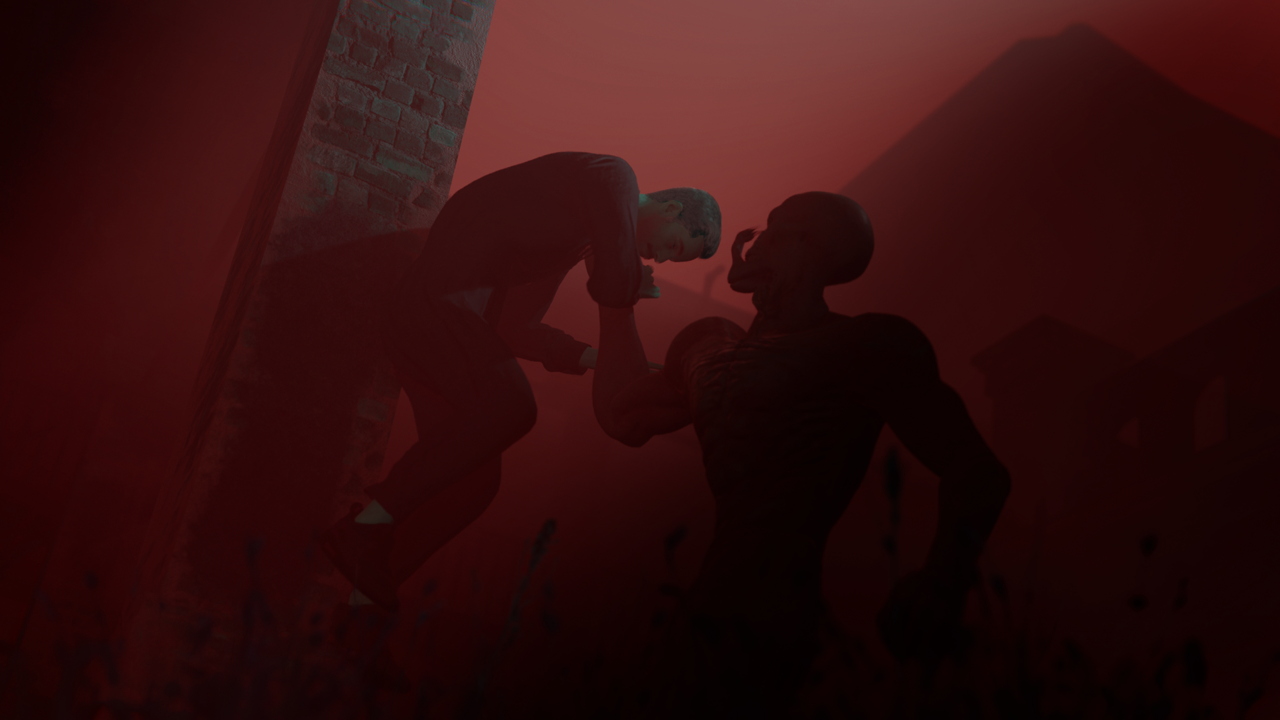
And as the game expands and evolves in scope, will the story as well?
Thompson: Those narrative threads will become clearer because the Game Master that featured really briefly in the initial cutscene will have more voice lines and the character in the shop will be fleshed out instead of being a hand in the wall. So you’ll see more of those threads come in. In general, [the story] is obviously a backdrop as opposed to the main part that you are playing, but the narrative does already support the idea of multiple locations. These are all liminal places. They’re places where reality breaks down and you go to this other dimension.
And so the idea is that there are weak points all over the earth where these maps can be placed, and the Game Master brings you between these locations through this other dimension. We’re looking at a research station in the forest at the moment [for a future map], but there’ll be many other maps and they can be anywhere with the narrative structure.
Fox: On top of that, we’ve been experimenting with more transmedia things we can do outside of the game. One small example we released a few months ago is this ARG forum that introduces a bit of the backstory of all of the characters and the backdrop as to why they’re in this place, and players can follow the clues amongst that forum and then find a code and eventually lead to an emblem that unlocks in DLC 1. But I think it’s just an example of ways that we can, outside of the game, drip feed and explore with the narrative that the people who are more interested in that side of the game can sink their teeth into as well.
Thompson: We’re also looking to do a couple of YouTube series that explores the narrative of Deceit ourselves, and we’re working out the timing of those right now. But generally, yeah, we’re keen to do a lot of video content around the narrative.
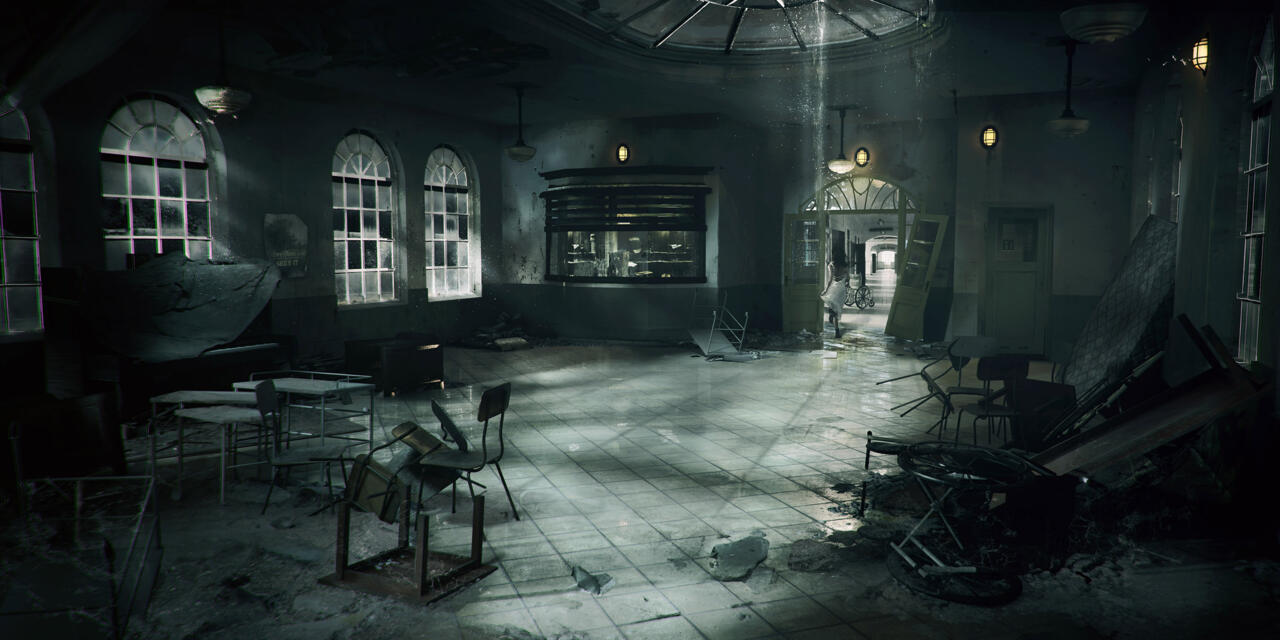
So with some attention being devoted to the narrative and direction of the story, who are the characters that we’re playing? Do they matter or are they just placeholders for the player?
Thompson: The original six characters are from the original [Deceit], and we’ve added three more and really updated the backstory of all the characters. Originally, they had some in-game note backstory, but I think for Deceit, we’ve revisited the whole narrative and we wanted to give them a meaning and a backstory that made sense. And so yeah, they all have backstories [in-game], and the way they all come together is that they’re part of this online group called the Truth Seekers Anonymous, where they were investigating murders.
One of the places they were investigating is this asylum [the first map], and they realized when they decide to finally meet up that something a little bit mysterious and otherworldly is actually happening and they get trapped in this ritual, so they’re brought together by this.
Much like Overwatch 2, Deceit 2 is essentially sunsetting the original game and replacing it. What’s the reasoning for creating a brand-new game as opposed to continuing to expand the original experience?
Thompson: We came back to Deceit in 2020 and thought, “How can we take this to the next level?” We built the first game very early on, even before social deception and horror games were that popular necessarily, and so the market had grown. There was a great following for Deceit as a Steam game and we thought, “We can take this to the next level, but how do we do that?” And originally, we considered a large set of updates to the original game, but last year we landed on the full sequel approach for a combination of reasons.
Number one, though we’re following the same formula, we are fundamentally making quite a lot of changes to make it more sandbox-like. And with a more sandbox-like experience, we felt that we needed to rebuild the game from the ground up so we could add content faster. And then also, with Unreal 5 coming out, the opportunity was there to make sure that we can also more efficiently develop the game across multiple platforms instead of continuing to use the original CryEngine version.
Deceit 2 is a low-cost premium game because we think that model is actually the best for us going forward. We could effectively have achieved that with some DLC into the original game, but I think, in general, we are far more clear on how we’re positioning Deceit 2 as a product nowadays. We really see it as a new start to the game, because I would look at Deceit 1 as almost like an early access way that we’ve been able to get feedback from millions of games played, and it’s been a fantastic way for us to really understand what works, what doesn’t work. And now we’re really, across the board, we’ve rebuilt everything in Deceit 2. The choice then became, “Do we give it a completely new name or call it Deceit 2?,” but I think we all felt that we really liked the name and the IP behind Deceit, so we went with Deceit 2.
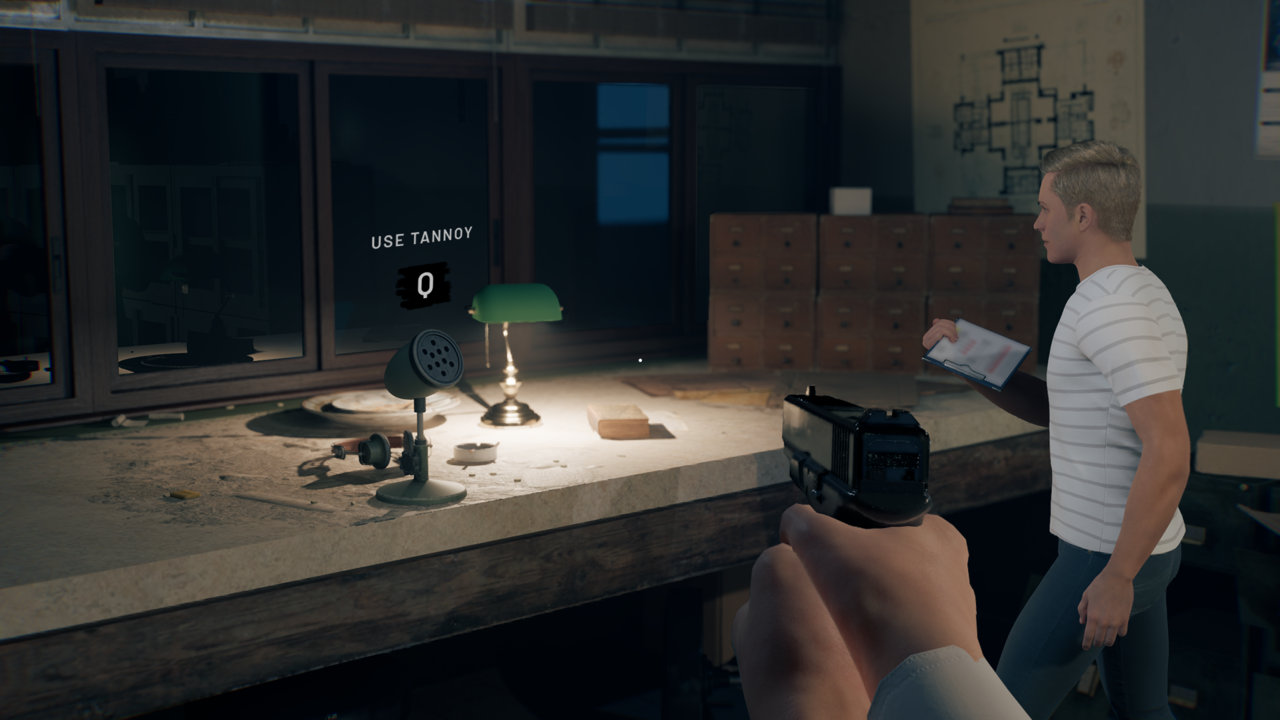
Likening your original game to an extended early access while making a sequel game does feel like a strategy that some devs are using when making their respective follow-ups. I don’t think you’re alone there.
Thompson: True, the term “early access” does get used a little bit too much. But I think Deceit 1–though it definitely did well–wasn’t quite right. You had a gun when you first started the game in Deceit 1. It was a very action-focused experience and we wanted to make it more broad, more sandbox-like. We definitely consider [Deceit 2] to be repositioning a little bit towards its ideal feel as well.
Fox: Also when we made the decision to do Deceit 2, it allowed us to reframe the design in our heads instead of thinking of how to apply these updates to Deceit 1. It basically gave us a clean slate to take the best parts of Deceit 1, add all the new features we wanted to do, and just generally upgrade everything into this new package that we can now present as Deceit 2.
Thompson: And on the polish point, you can see where we are today with the alpha, but obviously a game gets a lot more polished as it gets more resources–that’s the nature of game development. And I think, for building a multiplayer experience, we’re getting a lot of polish. And so for us, the team’s super proud of where we ended up with Deceit 1, especially given the budget and time constraints. We’re a very small team and we built Deceit 1. But now have investment from Makers Fund and we’re growing the team. I think this is something that will prove more as we get from alpha to launch, but I think we’re going to be hitting a level above in terms of visuals and sound and overall quality of the products [for a social deduction game]. We’re trying to set a new bar with Deceit 2. It’s always gameplay first for us, obviously, but with the new technology and the new budget that’s come online, we’re also leveling it up in terms of fidelity.
Will there be cross-play and cross-progression between systems?
Thompson: We’re doing cross-play and we’re leaving out cross-progression, because from what we can see as a studio, both the additional time to legislate all the things you need for cross-progression and the main reason why you would want to have the game cross-play, I think cross-play brings the biggest benefit, bang-for-buck, for the time and investment. So, we are doing cross-play. Not at the moment planning to do cross-progression.
This interview was edited for brevity and readability.
The products discussed here were independently chosen by our editors.
GameSpot may get a share of the revenue if you buy anything featured on our site.









